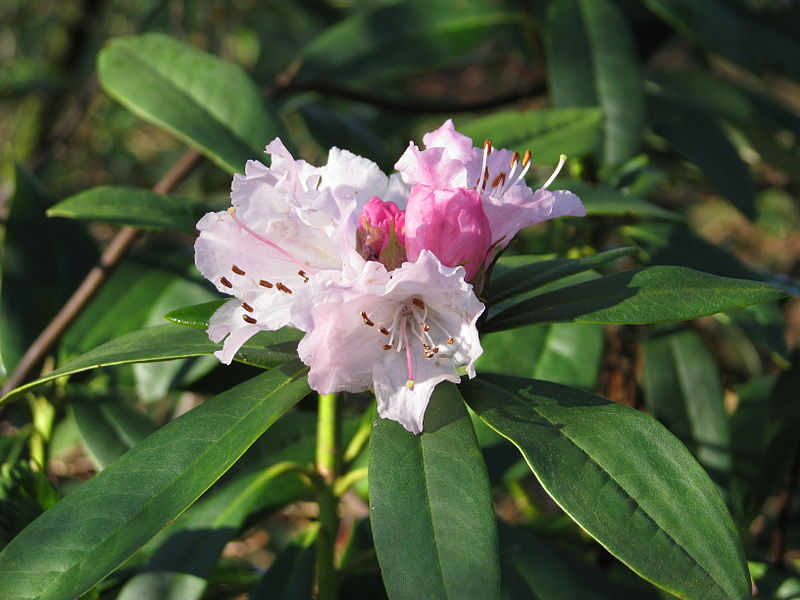
Christmas Cheer Facts
- First of all, it must be pointed out that the breathtaking plant known as the Christmas Cheer did not technically evolve. That holds true due to the fact that this stunning, and delicate looking plant represents a hybrid rhododendron variety.
- However, its origins do nothing to diminish its wondrous visual appeal. Regardless of where it came from, it now constitutes a living species, worthy of its place in the environment of our world. But, you obviously will not find it growing in the wild.
- Further, a minor mystery surrounds this natural beauty. That’s because experts have only been able to identify one of the two species that crossbred to produce it. The one recognized parent species is the R. caucasium, which originated in the region of northeast Turkey, in Asia.
- Finally, its appealing common name derives from its blooming patterns. This amazing beauty remains an extremely popular ornamental plant, for the obvious reason. Yet its most appealing quality remains the fact that, in parts of the world, it blooms around the time of Christmas. This, therefore, serves as the source of its name.
Related Articles
Christmas Cheer Physical Description
Most notably, the gorgeous Christmas Cheer easily earns its common name, given its magnificent visual appeal. Further, it technically represents a medium-sized example of a woody shrub. That’s because this plant attains an average maximum size of 6 ft (1.83 m) in both height and width.
Its multiple blooms appear at the ends of long, think stalks. Furthermore, its foliage grows thick, with numerous leaves having a dark green coloring on the top. However, and rather surprisingly, these also appear a light brown on the underside.
But its flowers serve as the most remarkable feature of this lovely evergreen. It produces numerous groupings of these, usually in clusters of eight blooms each. These develop as a funnel shape, measuring roughly 2 in (5 cm) in width. These also appear in a magnificent shade of pink.
- Kingdom: Plantae
- Phylum: Angiosperms
- Class: Eudicots
- Order: Ericales
- Family: Ericaceae
- Genus: Rhododendron
- Species: Rhododendron “Christmas Cheer”
Christmas Cheer Distribution, Habitat, and Ecology
Firstly, since it represents a hybrid species, the Christmas Cheer does not actually have an endemic range. Rather, it has a specific range of climates in which it best thrives. These range from temperate to tropical. Secondly, in fact, its adaptability to several habitat types forms part of its appeal to gardeners, both private and professional.
Despite its lush nature, this stunning woody shrub possesses remarkable drought tolerance, within reason. It also prospers equally well in both areas of moderate shade and direct sunlight. Further, though it appears delicate, it has the ability to survive temperatures as low as -10 F (-23 C).
In addition, much like its close relatives, the azaleas, it also plays an important role in its local ecological system. That’s because the natural marvel strongly attracts numerous species. These include birds, hummingbirds, and butterflies with its strongly aromatic blooms.
However, it does harbor one potentially dangerous secret. Mirroring many of its relatives, the azaleas, this wonder of Nature remains quite poisonous. Although certain parts of the plant obviously contain more toxins than others, all parts of the surprising beauty rank as extremely dangerous if ingested.
Species Sharing Its Range
Check out our other articles on Rare North American Flowering Plants, Visayan Spotted Deer, Onyx River, Bee Hummingbird, Giant Leopard Moth, Tiger Shark, Texas Horned Lizard
